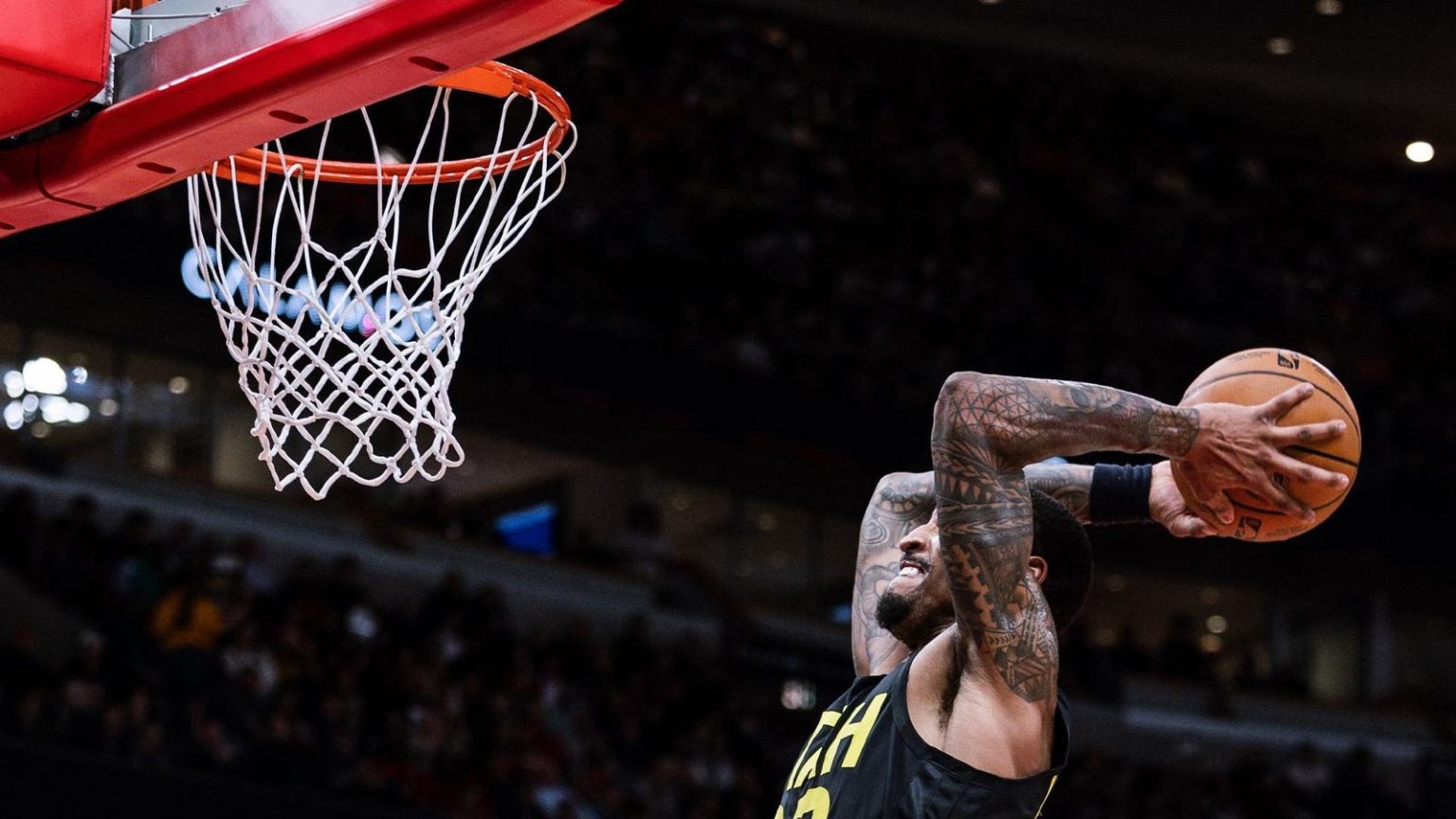The landscape of sports broadcasting has shifted dramatically, particularly impacting teams in major leagues like the NBA, NHL, and MLB. With traditional cable deals declining, teams are confronted with the challenge of finding innovative ways to manage their TV rights. A notable example is the Utah Jazz, which transitioned from a longstanding cable agreement with AT&T SportsNet Rocky Mountain to a direct-to-consumer streaming service called Jazz+, driven by the urgency to adapt quickly following the sudden closure of its cable partner. This transformation reflects a broader trend among sports franchises to embrace a strategy that combines traditional broadcasting with streaming technologies, creatively referred to as “stream and beam.” The Jazz’s move marked a pioneering shift not just for themselves, but potentially set a precedent for other teams grappling with similar challenges.
The Jazz partnered with Kiswe, a tech company specializing in streaming solutions, to launch Jazz+. This collaboration allowed for customized broadcasts that cater to a variety of audience preferences, including alternative language options and compatibility with multiple devices. Kiswe’s approach to forming partnerships demonstrates a growing presence among several smaller technology firms seizing the opportunity presented by the decline of traditional regional sports networks (RSNs). According to NBA Commissioner Adam Silver, a significant number of teams’ regional networks are facing financial troubles, leading to a competitive environment among tech firms like Kiswe, Viewlift, and others aiming to fill the void left by collapsing cable outlets.
Despite the optimism surrounding streaming potential, the financial realities remain complicated. For instance, Jazz+ garnered over 21,000 subscribers in its first year, which translated to approximately $3 million in revenue—a fraction of the $25 million the Jazz previously received from AT&T SportsNet. With local RSNs dwindling in viewership and coverage, teams are banking on enhanced exposure through new streaming platforms, believing they can eventually generate additional revenue streams from advertisers, merchandise, and ticket sales that were harder to access under the old cable regime.
Teams are also realizing that building a direct connection with fans through streaming provides valuable first-party data, a significant asset previously unavailable to them. This information allows teams to better understand their audience and tailor their offerings, shaping future business strategies. Although immediate financial gains from streaming services might not match those of traditional cable deals, industry experts suggest that this digital strategy can lead to wider market reach and increased commercial opportunities over time.
Kiswe, despite facing the marketing challenges that come with a startup, continues to grow and push into this emerging market, while competing with platforms like Viewlift, which offers a model allowing teams to retain 100% of the revenue generated. This creates a different kind of incentive as teams weigh the long-term benefits of different partnership structures. While Kiswe provides minimum guarantees to teams to support their transition into streaming, Viewlift, co-founded by sports executive Ted Leonsis, is showcasing how a flat fee model could prove more financially advantageous for teams in the long run, thus attracting diverse franchises.
As the sports broadcasting ecosystem continues to evolve, uncertainty looms regarding the long-term viability of the “stream and beam” model. Major league commissioners, including MLB’s Rob Manfred and the NHL’s leadership, are contemplating large-scale streaming deals that might encapsulate multiple teams under one umbrella, potentially undercutting the business opportunities for emerging tech partners. The influence of established giants like Apple and Amazon remains a significant factor, as they explore relationships with sports leagues, creating a competitive pressure on the current local streaming offerings. As teams like the Denver Nuggets seek hybrid broadcast models by combining traditional and over-the-air options with new streaming services, industry leaders acknowledge the ongoing experimentation between old and new formats, waiting to see how the landscape will mature in the coming years.

